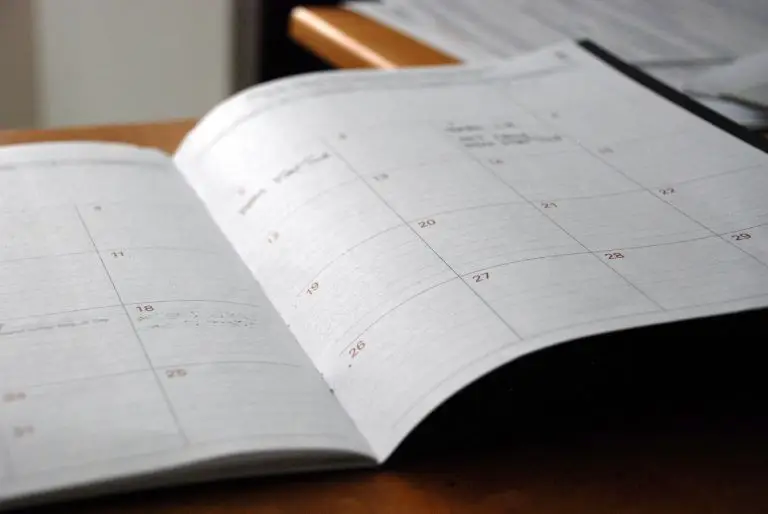Learn how to create a personalised breathwork routine tailored to your goals and lifestyle. Discover simple techniques and tips to integrate mindful breathing into your daily life.
Taking time to breathe might sound overly simplistic, but it’s one of the most effective ways to reduce stress, improve focus, and enhance overall well-being. Breathwork—the practice of conscious breathing techniques—is growing in popularity, and for good reason.
But how can you integrate this powerful tool into your daily life without it feeling like a chore? Here’s a step-by-step guide to creating a personalised breathwork routine that suits your lifestyle.
Why Personalise Your Breathwork Routine?
Every individual is unique, with different schedules, energy levels, and personal goals. A one-size-fits-all approach often doesn’t work for breathwork because the techniques that energise one person might overwhelm another. Personalising your routine ensures that it becomes a sustainable and enjoyable practice rather than something you feel obligated to do.
When you tailor your breathwork to your needs, it also becomes more effective. For instance, if you’re prone to high stress, a technique that promotes relaxation will have a much greater impact than one designed to boost energy. Likewise, if you’re looking for a quick pick-me-up during a busy day, a calming method might leave you feeling sluggish instead of refreshed.
Another benefit of a personalised breathwork routine is that it increases the likelihood of consistency. When your practice aligns with your lifestyle, you’ll find it easier to integrate into your daily routine. Over time, this consistency will yield more significant and lasting benefits, making breathwork an integral part of your overall wellness.
Finally, personalisation allows you to adapt as your goals and circumstances change. Life is dynamic, and your breathwork routine should evolve with you. Whether you’re navigating a particularly stressful period, trying to improve your focus, or simply looking to enhance your sleep, a personalised approach ensures your breathwork remains relevant and effective.
Step 1: Define Your Goals
The first step in creating your personalised breathwork routine is understanding why you want to practise it. Are you looking to reduce anxiety? Improve focus at work? Boost your energy levels? Enhance your sleep? Clarifying your objectives will help you choose the right techniques.
Here are some common goals and the types of breathwork that align with them:
- Stress relief: Try slow, deep breathing techniques like diaphragmatic breathing or 4-7-8 breathing.
- Energy boost: Engage in invigorating techniques like Kapalabhati (Skull Shining Breath) or Wim Hof breathing.
- Improved focus: Alternate nostril breathing (Nadi Shodhana) or box breathing works well.
- Better sleep: Practise calming methods such as 4-7-8 breathing or extended exhalations.
Step 2: Assess Your Lifestyle
The key to sticking with breathwork is finding a way to fit it seamlessly into your day. Ask yourself these questions:
- When are you most likely to practise? Are you a morning person, or do you have more energy in the evening?
- How much time can you realistically dedicate? Even 5-10 minutes can make a difference.
- What triggers can you use to remind yourself? Perhaps you could practise before meals, during your morning commute (if you’re not driving), or before bedtime.
Step 3: Choose Your Techniques
Now that you know your goals and time constraints, it’s time to pick techniques that align with them. Here are a few easy-to-learn options:
- Diaphragmatic Breathing (Belly Breathing): Place one hand on your chest and the other on your stomach. Breathe deeply through your nose, ensuring your stomach rises while your chest stays still. Exhale slowly through your mouth.
- Box Breathing: Inhale for 4 seconds, hold your breath for 4 seconds, exhale for 4 seconds, and hold again for 4 seconds. This technique is excellent for focus and stress management.
- 4-7-8 Breathing: Inhale for 4 seconds, hold for 7 seconds, and exhale for 8 seconds. It’s perfect for calming the nervous system, especially before sleep.
- Wim Hof Method: This involves 30 deep breaths followed by a long exhale and breath hold. It’s energising and can improve your resilience to stress.
- Nadi Shodhana (Alternate Nostril Breathing): Using your thumb and ring finger, alternate closing one nostril at a time while breathing through the other. This technique balances the mind and body.
Step 4: Create a Routine That Fits
Consistency is key when it comes to reaping the benefits of breathwork. Here’s how to design a routine that works for you:
- Start small: Begin with just 5 minutes a day and gradually increase the duration as it becomes a habit.
- Anchor it to an existing habit: Pair your breathwork with daily activities like brushing your teeth, making coffee, or stretching.
- Set reminders: Use alarms, sticky notes, or phone apps to keep you on track.
- Be flexible: If life gets busy, it’s okay to adapt. A quick 2-minute breathing session is better than skipping it entirely.
Step 5: Track Your Progress
Keeping a journal or using a breathwork app can help you monitor how the practice is impacting your mental and physical well-being. Note any changes in mood, energy levels, or sleep quality over time.
Step 6: Adjust as Needed
As your lifestyle and goals evolve, so should your breathwork routine. If a particular technique isn’t resonating with you, don’t be afraid to try something new. The beauty of breathwork is its adaptability.
Quick Example Routines
Here are a few sample routines to inspire you:
- Morning Boost: 3 minutes of diaphragmatic breathing followed by 2 minutes of Wim Hof breathing.
- Midday Reset: 5 minutes of box breathing to regain focus.
- Evening Wind-Down: 4-7-8 breathing for 5 minutes to prepare your mind and body for restful sleep.
Benefits You Can Expect
When practised consistently, breathwork can lead to:
- Reduced stress and anxiety
- Improved focus and productivity
- Enhanced sleep quality
- Greater emotional resilience
- Increased energy levels
In Summary – Personalized Breathwork Routine
Creating a personalised breathwork routine doesn’t have to be complicated. By aligning your practice with your goals, schedule, and preferences, you’ll be more likely to stick with it and enjoy the transformative benefits it offers. Remember, even a few mindful breaths can make a big difference—so start small, stay consistent, and breathe your way to a calmer, healthier you.
Extra Resources
Ready to find your inner calm? Go here to start your journey.
Why not treat yourself to a Mindfulness Retreat or a Meditation Retreat in the beautiful Devon countryside?
Blog Posts:
- 7 Expert Tips to Improve and Sustain Your Breathwork Practice
- Discover the Life-Changing Magic of a Regular Meditation Practice
Best Wishes,
David.
© D. R. Durham, All rights reserved, 2025.




